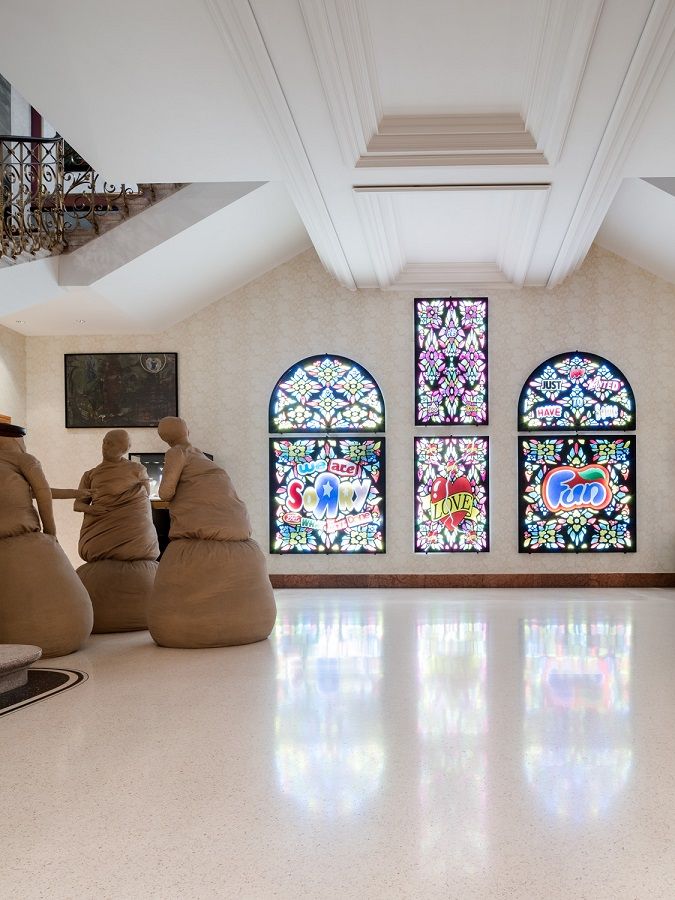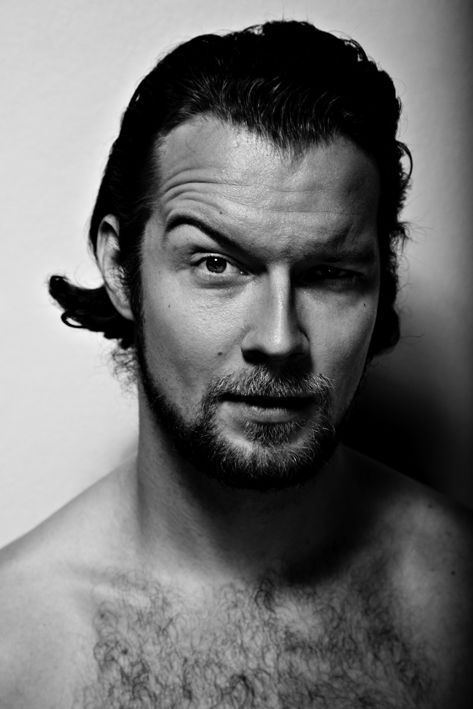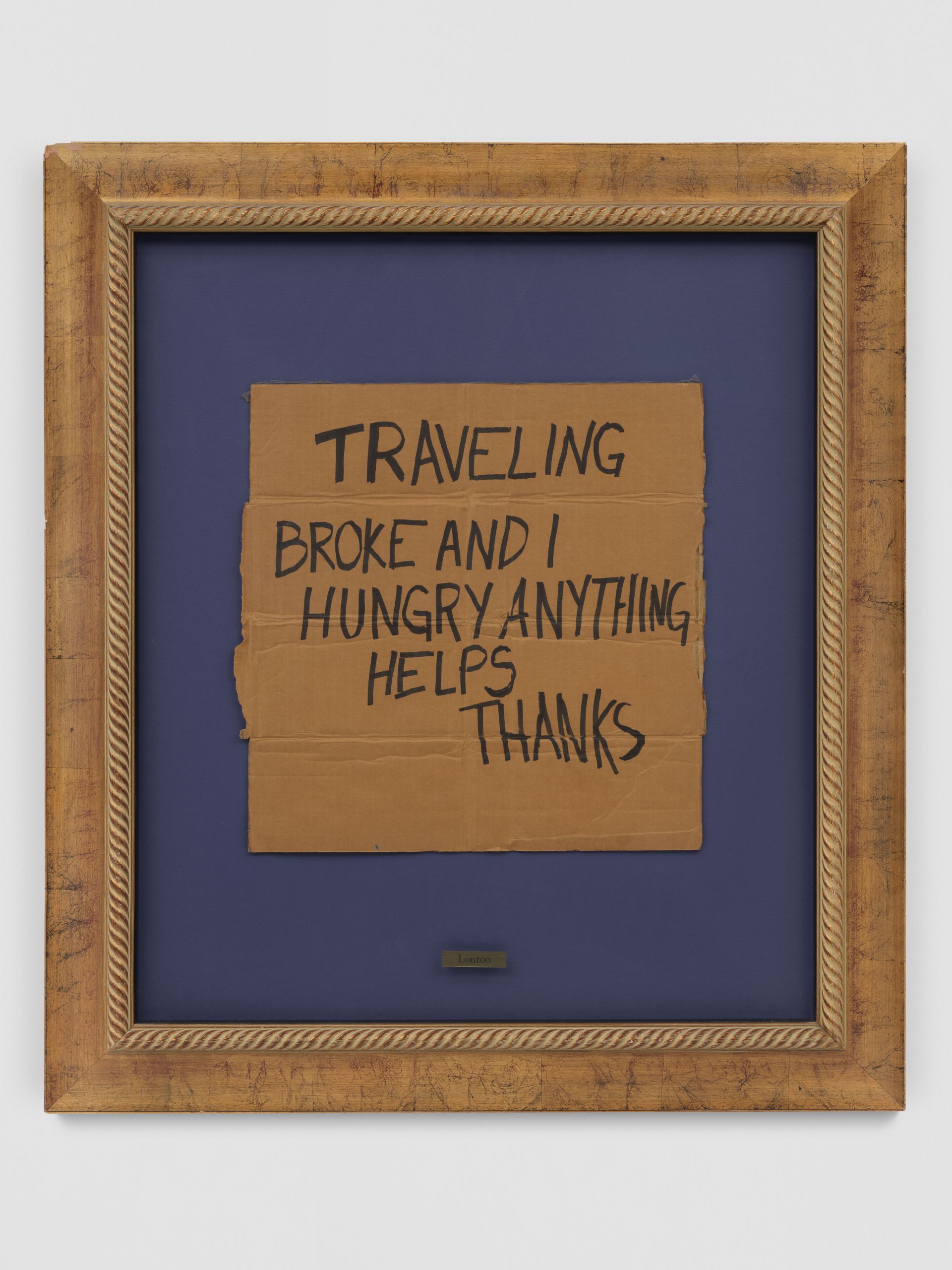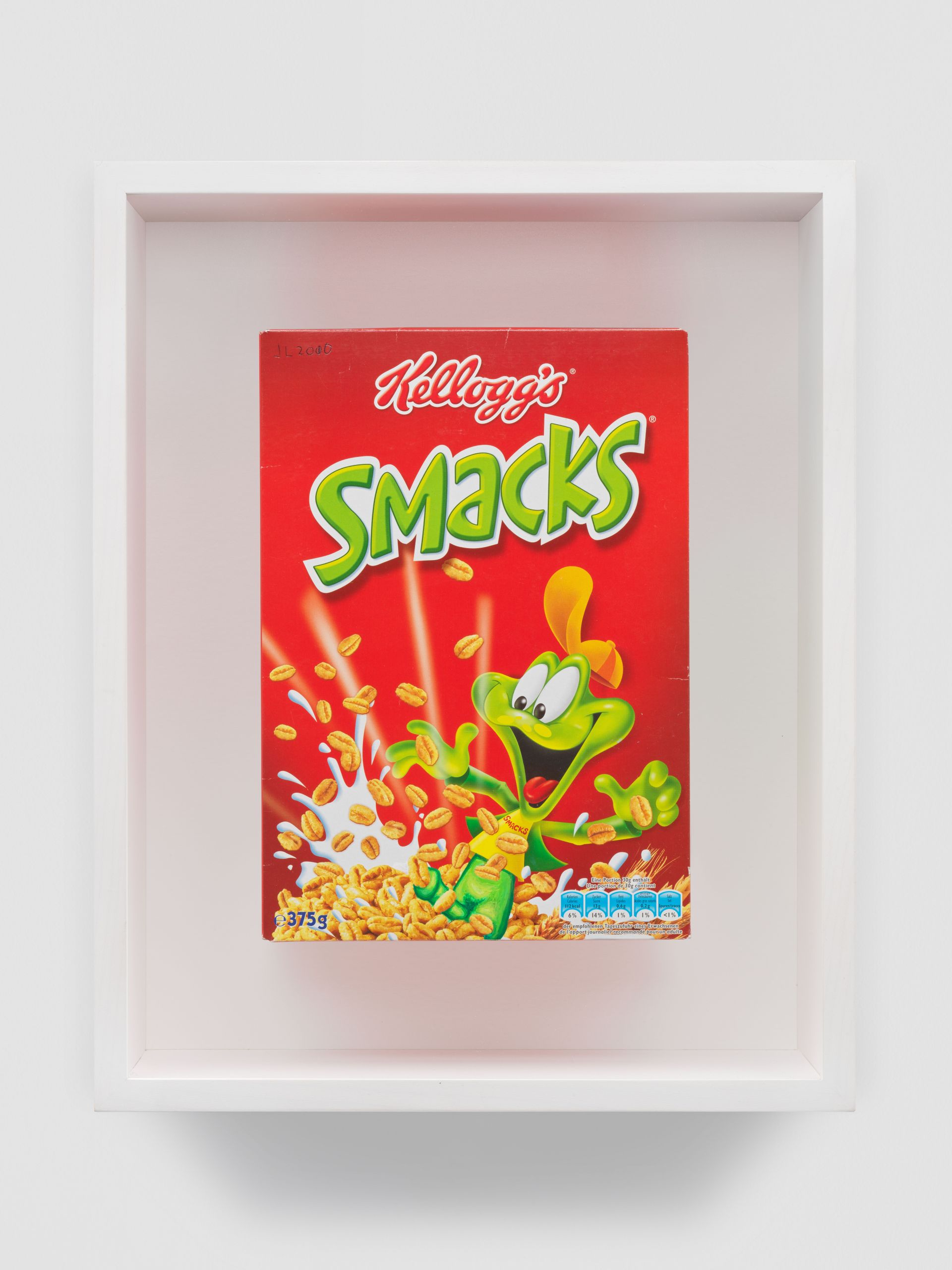Jani Leinonen
«Chapel of Remorse»
The «Chapel of Remorse» has found a new home in the Steinhalle of the Dolder Grand in Zurich. The piece is by Finnish artist Jani Leinonen, who was born in 1978 and today lives and works in Helsinki. The chapel was previously exhibited in Stalla Madulain, a 500-year-old barn in the region of Graubünden. The glass panels were painted in the Mayer’sche Hofkunstanstalt in Munich using traditional stained-glass techniques. However, what is now installed on the wall of the Dolder Grand is not only a set of stained-glass windows, but also a centuries-old chapel-like architectural composition, with the windows taking the form of a medieval Swiss barn. The glass work, which offers up pointed criticism of capitalism and the consumer society of today with its references to popular brand logos, is an outstanding example of how aesthetics and a biting critique of the prevailing system are not mutually exclusive concepts.

The viewer’s response is thus initially one of amazement at the quality and artistry of the work, but the aesthetics of the installation also manipulate the eye. In the beauty of the light’s refraction in the glass, the provocation finds a quarantine space. Leinonen transforms the beholders into passive, controlled consumers.
The «Chapel of Remorse» can also be compared to a Christian reliquary shrine. The sacred is a leitmotif in Leinonen’s work, along with the tendency to toy with religious iconography. He had a Ronald McDonald figure crucified as part of his «McJesus» project in 2015; the Catholic Church and conservative politicians were up in arms about it at the time.

Jani Leinonen graduated from the Academy of Fine Arts in Helsinki in 2002. His works have been exhibited in Finland and internationally, such as at the Nordic Pavilion of the 53rd Venice Biennale, Galerie Gmurzynska, the Wilhelm-Hack-Museum in Ludwigshafen, the Frankfurter Kunstverein, the ARoS Aarhus Art Museum and the Haifa Museum of Art. The artist became famous for his works in the public realm, in which he creates images and icons out of company logos, skilfully calling our economic order into question time and again. It often appears unclear whether Leinonen’s art is taking an ironic view of these symbols of the dazzling world of consumer goods, offering up a critique or making use of them only because of their iconic nature. His art probably does all of this at the same time.
«I don’t think I make art about politics. I think I make art about things that we all lie to ourselves about.»

By repeatedly working with the design and iconic representations of brands, Leinonen links the aesthetic with the political dimension, demonstrating just how closely society, consumption and art are interwoven with one another.
«Advertising and ads give a very superficial view of life dominated by the idea of ‘positive thinking’. However, the world they create on this basis exhibits quite a bit of psychopathy.»
On the one hand, Leinonen’s art is decorative, prudent, intelligent and deliberately designed to sell well; on the other hand, there is the drive to offer up a provocation, which keeps his art from being classified as kitsch. With the «Chapel of Remorse», the artist has created an intelligent and multifaceted work that reflects the current zeitgeist, which is characterised by consumption, pursuit of profit and social injustice. The chapel challenges the viewer to confront this reality.
«I make art about the scary feelings and truths we try to run away from. I don’t think we’ll ever be better as a human race until we stop running away from our own shame, guilt, hatred and sadness and instead face up to our own shortcomings and take responsibility for our own actions.»

The «Chapel of Remorse» does not depict our society; instead, it imitates it, thus facilitating an intuitive approach to the work and the statement it makes. What’s more, the multilayered effect of the space makes it almost impossible for any distance to the work to arise – you are literally drawn into it.
Creative disobedience as a protest against the status quo, against state violence or inequality, has always been a motivation for artistic creation. In the mid-1930s, Pablo Picasso used brute, shrieking visual language to create a wall-sized painting as a protest against the bombing of the Basque town of Guernica. Diego Rivera produced paintings that portrayed the daily struggle of the Mexican working class. His 1932 fresco «Man at the Crossroads» was later destroyed by the Rockefellers after the work was branded as anti-capitalist propaganda. Eddie Adams’ famous 1968 photograph showing the execution of a Vietcong soldier demonstrated the political impact art can have, helping to bring attention to political and social problems and to mobilise resistance. Art puts forth questions – and also resorts to the means of provocation. It defies everything that seeks to confine and resists all barriers, whether psychological, creative or spatial.
As with many postmodern artists, Leinonen’s works require that the context of reception aesthetics from which the piece emerges always needs to be thought of as part of the artwork itself. With the luxurious exhibition venue in the Dolder Grand, Leinonen has given his work of art a second chapel as a symbolic superstructure. This circumstance can be viewed as a successful punchline, being that the artist’s critique of capitalism is now on display precisely where those who profit most from the current economic system come and go. The place thus represents an ideal bridgehead and inspiration to reflect on questions of poverty, wealth, consumption and belief and to enter into conversation with each other.

In addition to the «Chapel of Remorse», there is a remarkable collection of more than 100 works of art that can be viewed by international guests at the Dolder Grand, which has long been committed to its role as a patron of the arts. The inclusion of Leinonen’s chapel in the hotel’s treasure trove of unique art will certainly bring about new and rewarding opportunities for interpretation and resonance with the other objects on display. The fact that the artwork will also encourage reflection is certainly something entirely within the spirit of the artist’s intention.
ART AT THE DOLDER GRAND
Since the reopening of the Dolder Grand in 2008, over 100 works of art by prestigious artists have graced the premises of this luxury hotel in Zurich. The most striking piece is arguably Andy Warhol’s «Big Retrospective Painting», spanning 11 metres, which takes pride of place above the reception. Experience art at the Dolder Grand!